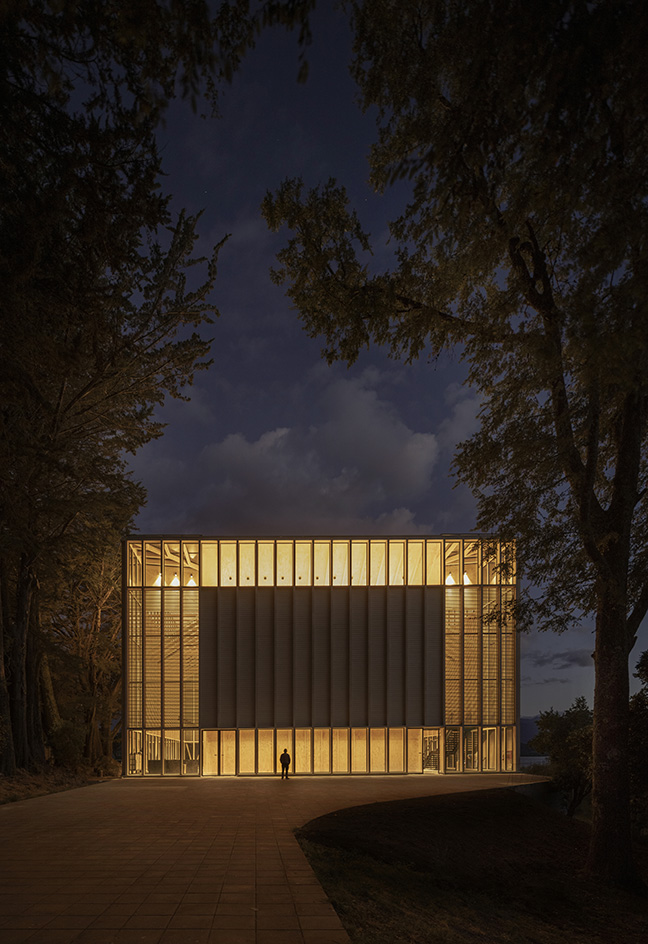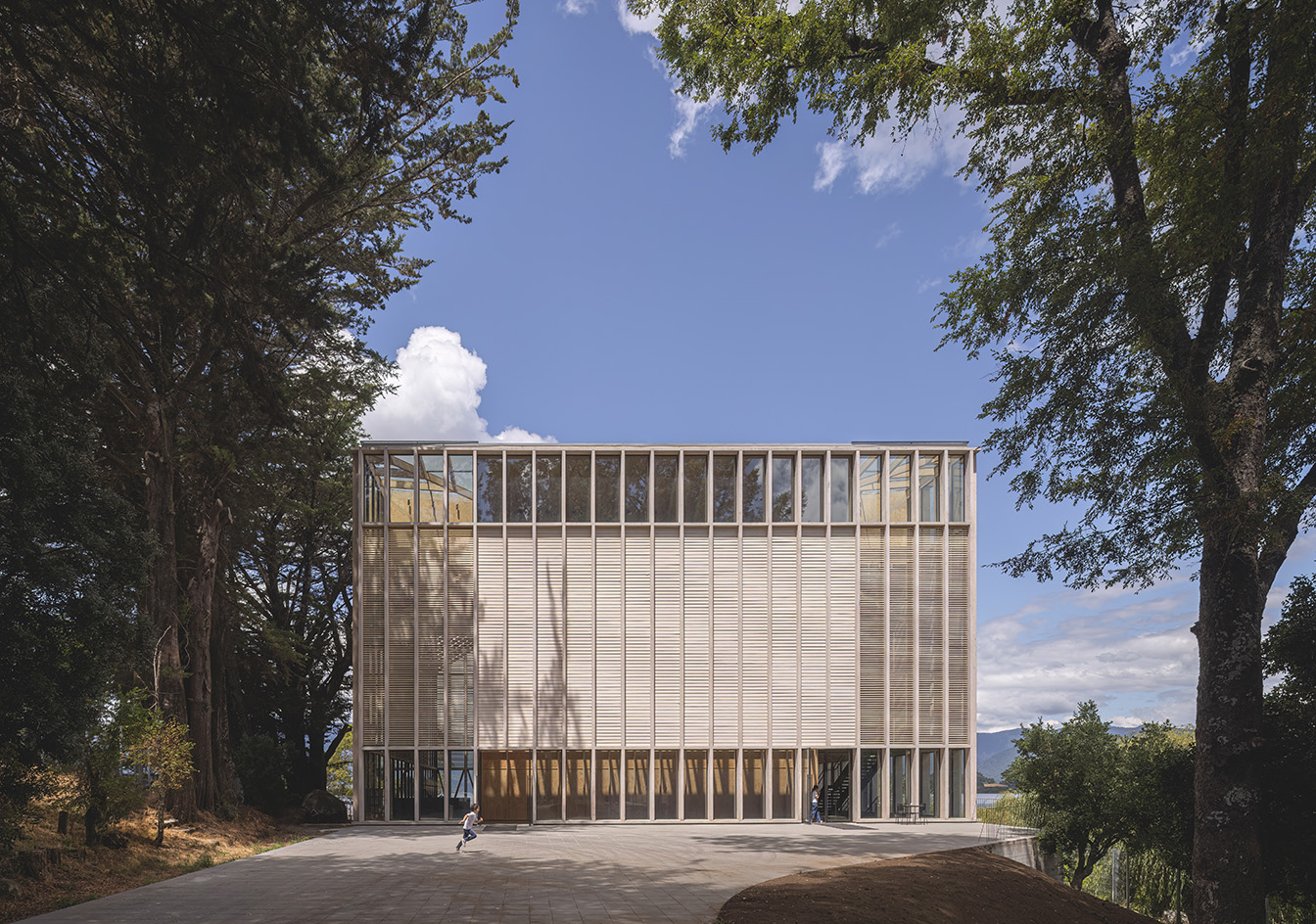
The Panguipulli Theatre, located in its namesake town in Chile's Región de los Ríos, was conceived as an important space for local communities and education – crafted to support learning and the arts in this small town in the country's south. The architects behind it, Nicolas Norero and Tomas Villalon, worked on designing a space that not only meets the requirements to enhance local programmes around music, painting, dance and literature; but also is an architecturally interesting and engaging structure that elevates its site and functions as a whole.
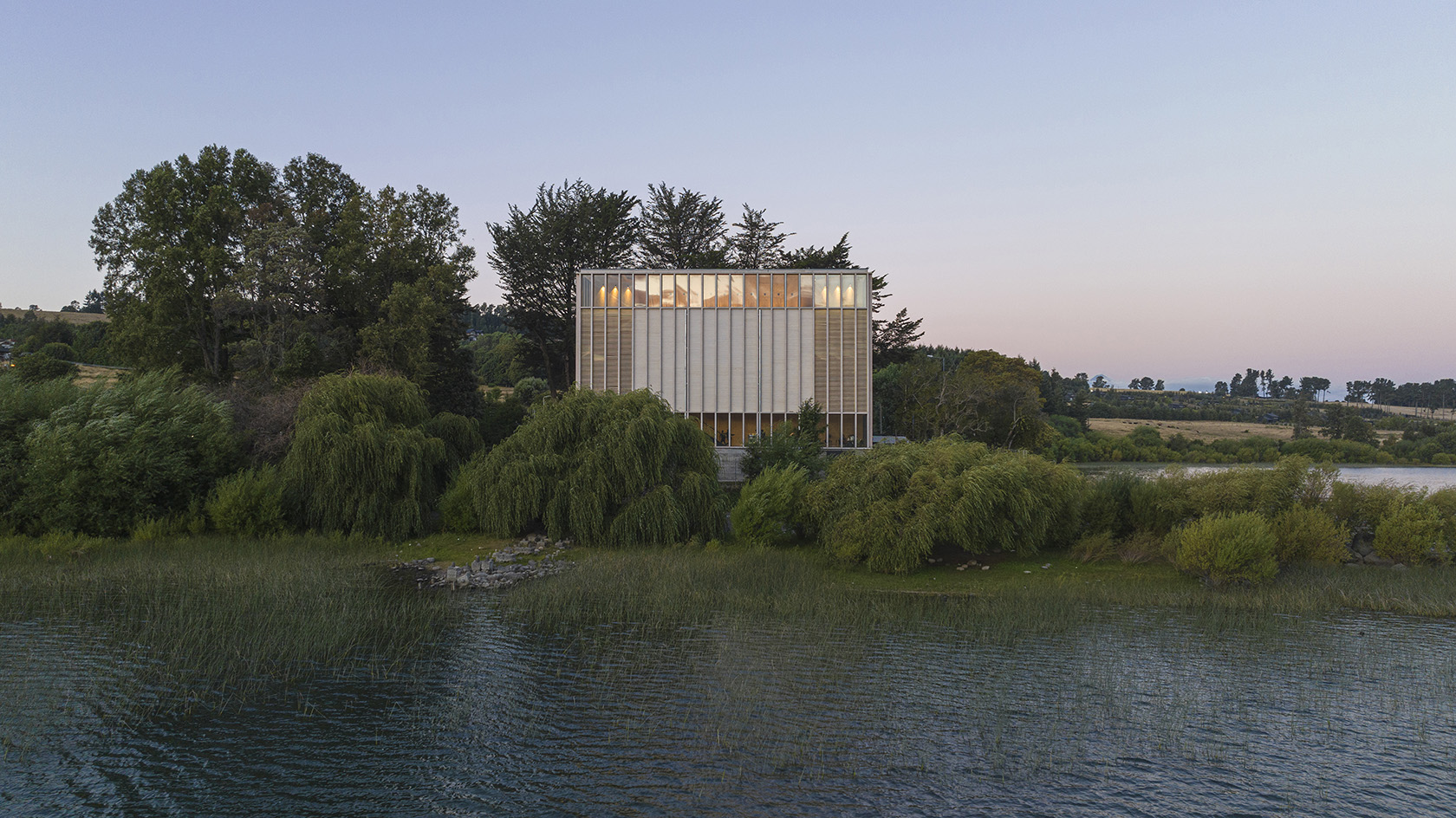
The idea for the theatre (which was a public commission) kicked off from a need to expand and replace an existing venue with something more tailor made and design-led.
Panguipulli Theatre: watch the film
'For years they were housed in a beautiful wooden house, that was a former Catholic mission. But the space where the cultural project was founded reached its capacity and sees the need to create a new place, a space envisioned as a grand new room, a theater with the character of an open school for the children and the community,' the architects write.
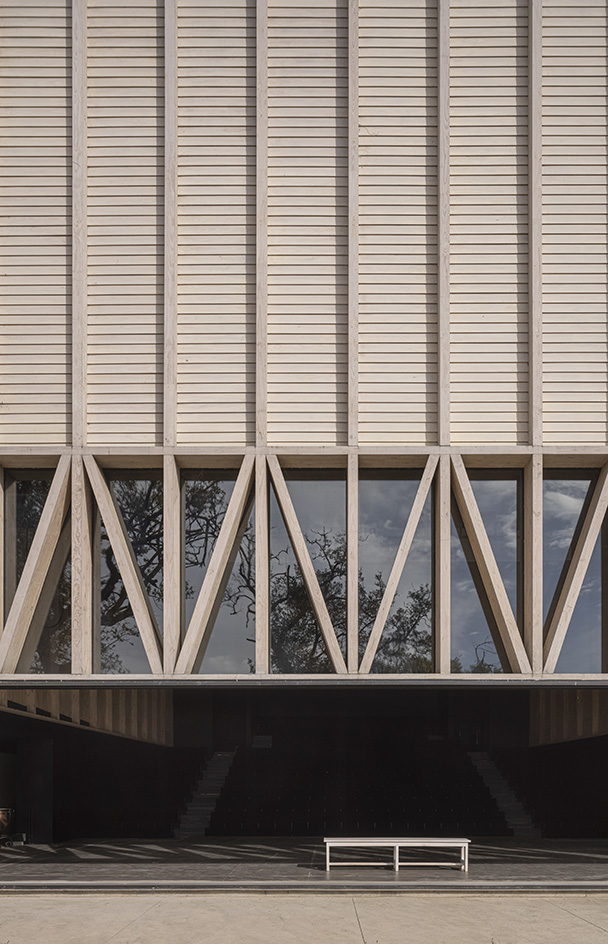
Set on the edge of a lake, on a site rich in natural beauty, the theatre is a neat, orthogonal volume, placed in a way that creates a small plaza in front of it, defining the approach from the city centre. The main timber volume is placed on a minimalist concrete plinth.
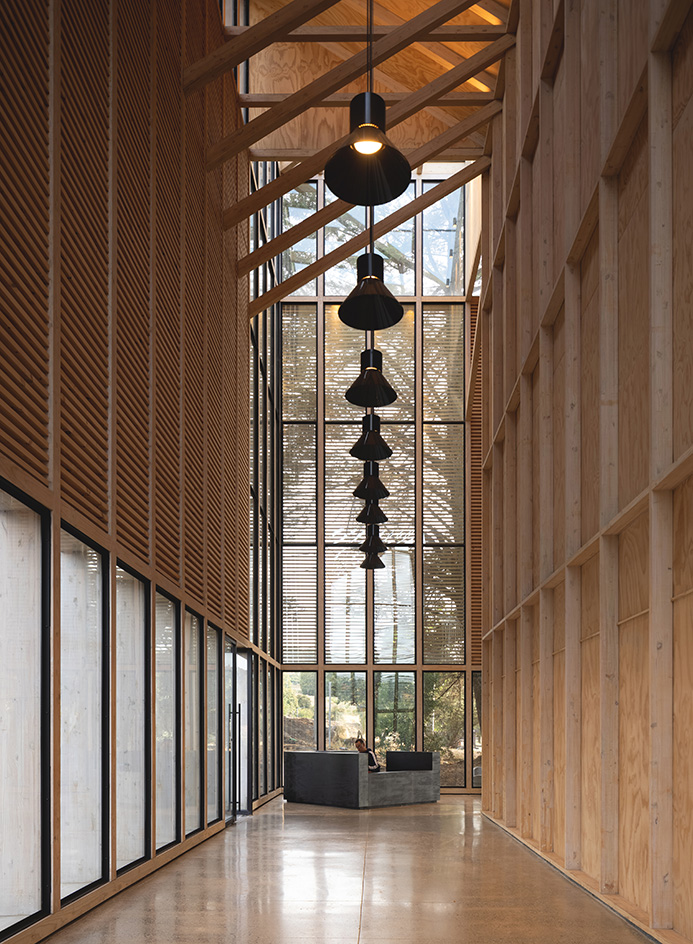
Inside it, the auditorium is designed as a box within a box, to optimise acoustic and thermal needs. It is a generous 250-seat theatre, arranged flexibly so that it can be used with ease for both performances of different kinds, and presentations and lectures. The structure also contains the foyer, a cafeteria, and an exhibition hall – as well as dressing rooms and services.
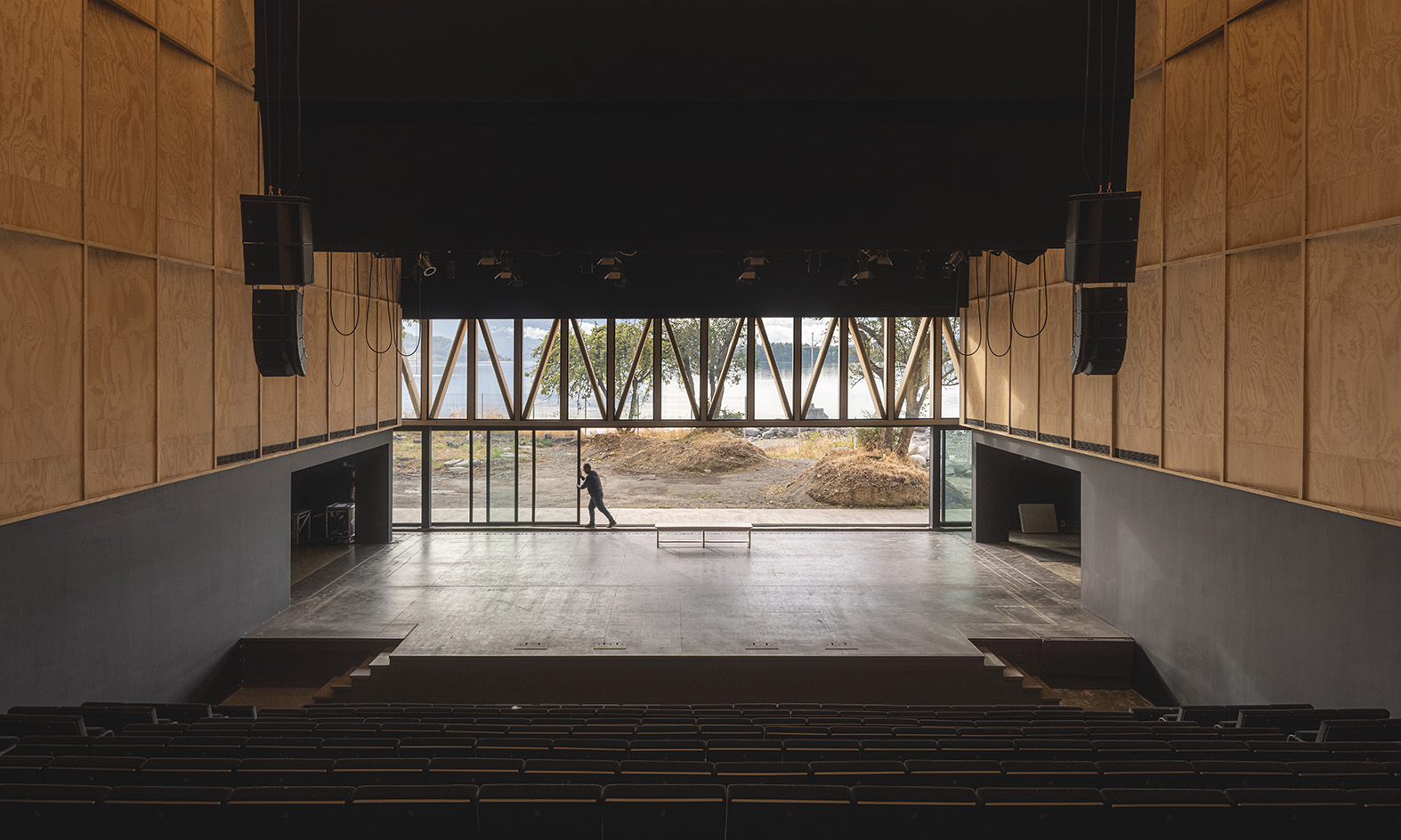
It is a project that has come alive since its opening earlier in the year, the architects proudly stating it has already reached over 2,500 children coming from 25 schools – eight urban and 25 rural.
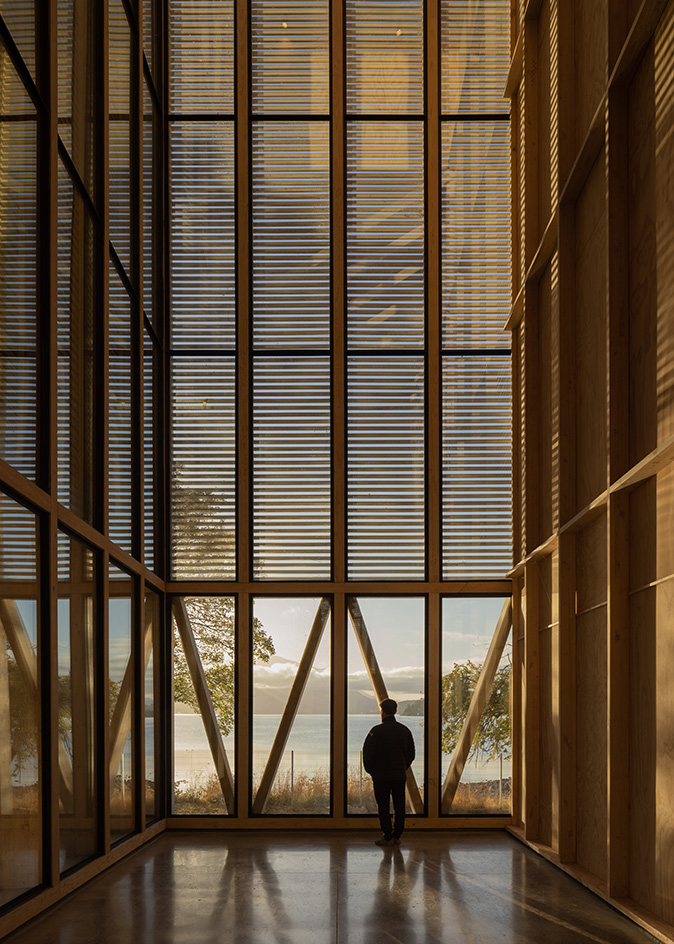
'Theater of the Arts of Panguipulli offers a way to bring culture to an extensive and dispersed territory like Chile, involving the community, children, and young people from rural and remote areas where culture and art are lacking in their education,' they write.
